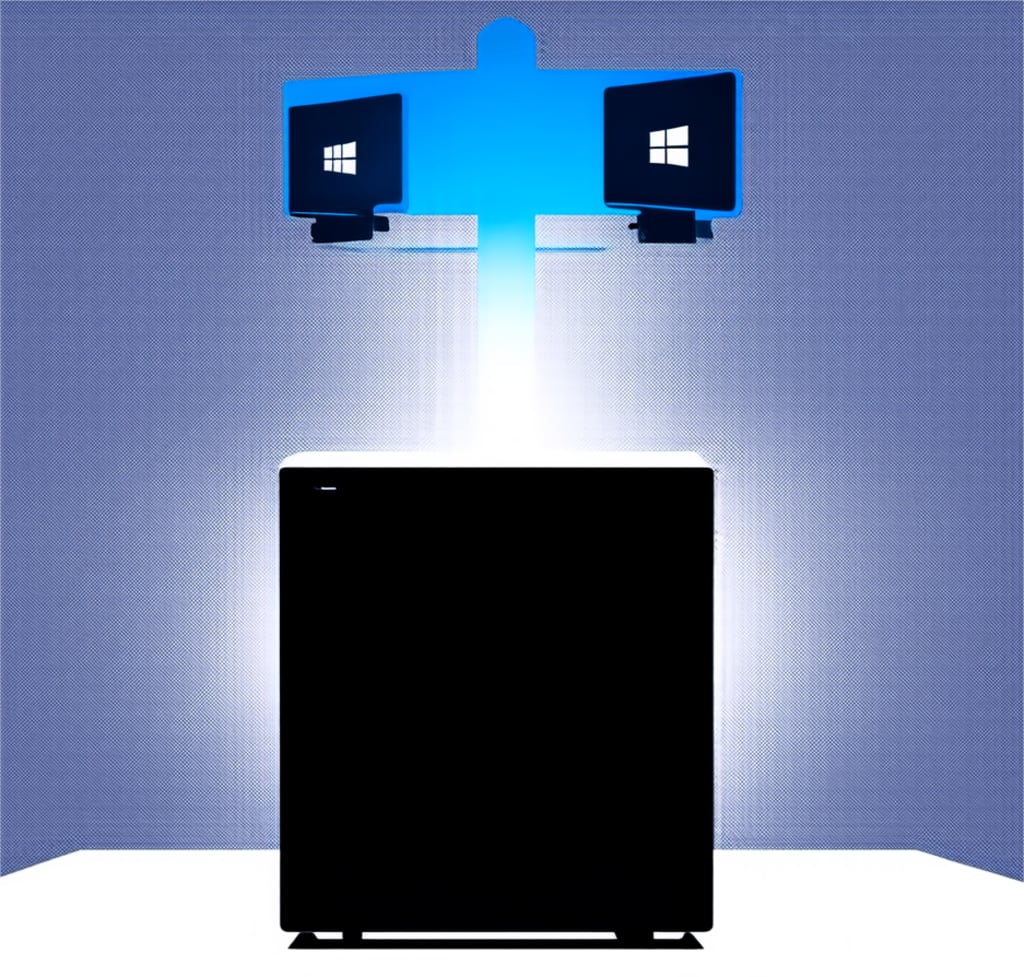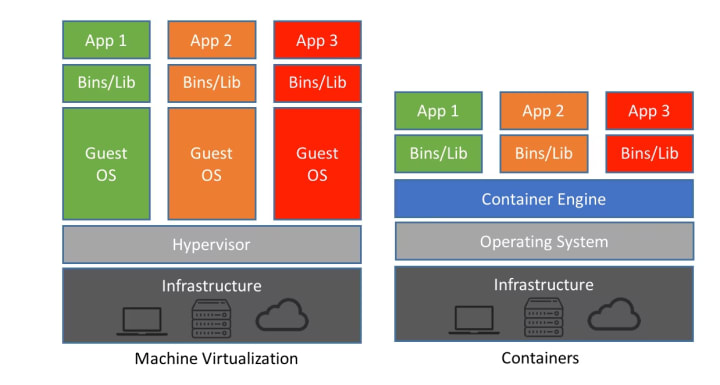How to Decide Between VM and Containers for Your Infrastructure
A Useful Guide

In the era of rapid AI development, businesses face numerous choices when it comes to building and deploying AI applications. Virtual Machines (VMs) and containers, as two highly favored technologies, each possess unique advantages and limitations. This article delves into the differences between these two and offers some selection guidelines to help your business find the appropriate technical solution.
What are Virtual Machines (VMs)?
Virtual Machines are a software technology that allows multiple operating systems to run on the same physical server. Each VM has its own operating system and applications, isolated from the physical hardware through a virtualization layer.
Advantages of VMs:
- Isolation: Each VM is independent, with its own operating system and resources, ensuring security and stability.
- Compatibility: They can run various operating systems and applications, unrestricted by the physical server.
- Flexibility: VMs can be easily migrated, backed up, and restored.
Limitations of VMs:
- Resource Consumption: Each VM requires a complete operating system, thus consuming more storage and memory resources.
- Startup Time: VMs take longer to boot up as they need to load the entire operating system.
What are Containers?
Containers are lightweight, portable, self-sufficient software environments that allow developers to package applications and their dependencies together for rapid deployment and execution.
Advantages of Containers:
- Lightweight: Containers share the host machine's operating system kernel, eliminating the need for an additional OS and thus using fewer resources.
- Fast Startup: Because there's no need to load an entire operating system, containers start up very quickly.
- Portability: Containers can run on any platform that supports container technology, embodying the "write once, run anywhere" philosophy.
Limitations of Containers:
- Isolation: While containers offer a degree of isolation, they still share the host's kernel, hence less isolated than VMs.
- Dependency Management: Applications and libraries within containers need to be compatible with the host's operating system to avoid dependency issues.
Differences Between the Two

As illustrated above, each VM includes a separate operating system image, which increases the overhead in terms of memory and storage consumption. This has been proven to add complexity to the software development and runtime cycles. Moreover, this approach severely limits the portability of applications between public clouds, private clouds, and traditional data centers.
Operating system virtualization has become increasingly popular over the past decade to enable software to run predictably well from one server environment to another. However, containers provide a method of running these isolated systems on a single server or host operating system.
Containers sit atop the physical server and its host operating system. Each container shares the host operating system kernel as well as binary files and libraries. The shared components are read-only. Therefore, containers are very "light"; they only take up megabytes in size and can be launched in seconds, whereas VMs require gigabytes and minutes.
If you're interested, we'll delve into the implementation principles of containers in more detail in subsequent chapters.
How to Choose?
Choosing between a VM and a container depends on your business needs and scenarios:
1. Resource Utilization: Containers are more efficient.
2. Deployment Speed: Containers have rapid startup times.
3. Security and Isolation: VMs are stricter.
4. Compatibility: VMs offer more flexibility.
5. Cost: Containers reduce infrastructure costs.
Conclusion
Both VMs and containers have their strengths; the choice should be based on specific needs. Sometimes, combining both can achieve optimal performance and flexibility. Understanding the technical characteristics and making choices based on business objectives and resource conditions are key to maximizing technology investments.
We hope this article helps you better understand VMs and containers and provides some guidance for your technology selection. If you need more in-depth technical details or have specific business scenarios to discuss, feel free to contact us.
About the Creator
novita.ai
Access 100+ APIs, including AI Image Generation & Editing with 10,000+ models , and Training APIs for custom models. Enjoy the cheapest Pay-As-You-Go pricing, freeing you from GPU maintenance hassles while building your own products.
Enjoyed the story? Support the Creator.
Subscribe for free to receive all their stories in your feed. You could also pledge your support or give them a one-off tip, letting them know you appreciate their work.






Comments
There are no comments for this story
Be the first to respond and start the conversation.